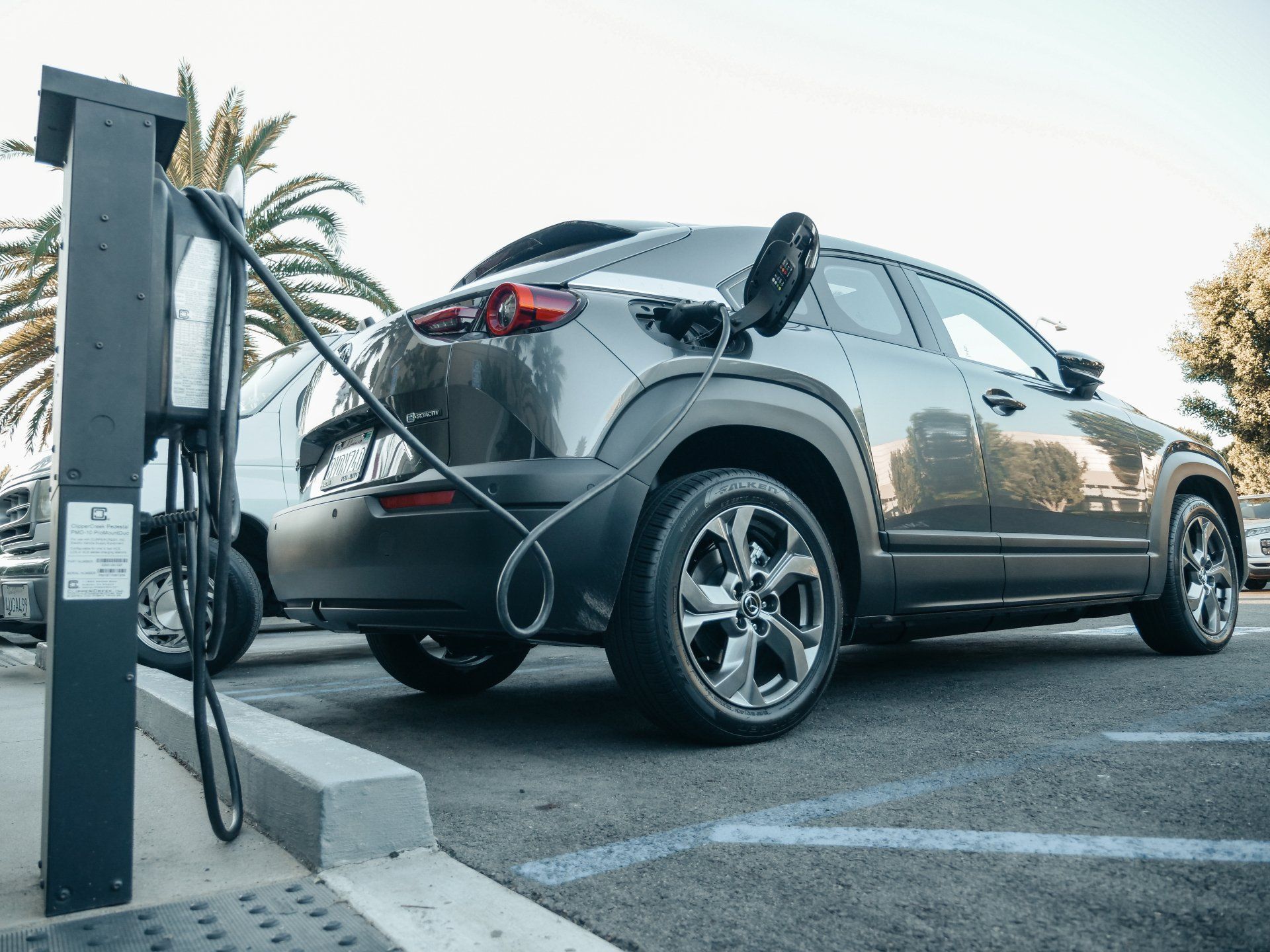Blog Layout
What's changing from 1 July?
Jun 30, 2020
• Company tax rate reduces to 26% for base rate entities
• $150k instant asset write-off scheduled to reduce back to $1,000 for small business entities and will no longer be available for entities with aggregated annual turnover of $10m or more, although accelerated depreciation rules apply to certain entities until 30 June 2021
• Cents per km rate for work-related car expenses increase to 72 cents
• Expected reforms to allow 66 and 67 years olds to make voluntary superannuation contributions without satisfying the work test. This reform is not yet law.
• Age limit for making superannuation contributions to your spouse increases from 69-74. This reform is not yet law.
• For those 67 and under, reforms will enable you to use the ‘bring forward rule’ to make up to three years of non-concessional contributions. That is, you can make non-concessional contributions of up to $300,000 from the 2020-21 financial year.
Despite the current economic environment, the company tax rate will reduce to 26% for small and medium businesses from 1 July 2020.
The 1 July change is part of a larger progressive plan to reduce the company tax rate to 25% from 1 July 2021 and applies to base rate entities (BRE) - companies, corporate unit trusts, and public trading trusts - with an aggregated turnover of less than $50 million where 80% or less of the entity’s turnover for the year is classified as base rate entity passive income. Larger companies will continue to pay the 30% rate.
The reduction in the company tax rate will also change the maximum franking rate that applies to dividends paid by some base rate entities. The way the rules normally work is that if the company was classified as a base rate entity and was taxed at the lower corporate tax rate in the previous year then a lower maximum franking rate will apply to dividends paid in the current year. For example, a company that was classified as a BRE in the 2019 income year will generally be subject to a maximum franking rate of 27.5% on franked dividends paid in the 2020 income year. However, the maximum franking rate will normally be 26% for dividends paid in the 2021 income year if the company was a BRE in the 2020 income year.
Some companies may have franking account balances that have accumulated over time and will reflect prior company tax rates. It is important to consider how these credits can be utilised in an efficient manner. One strategy could be to bring forward the payment of dividends to utilise the current 27.5% franking rate before the company tax rate reduces to 26% if the cashflow of the company allows for it.
(02) 9966 1411
Suite 7.01, 6A Glen St,
Milsons Point NSW 2061
Office 1, Work Collective
3/322-326 West Street
Umina Beach NSW 2257
PO Box 165, St Leonards NSW 1590




